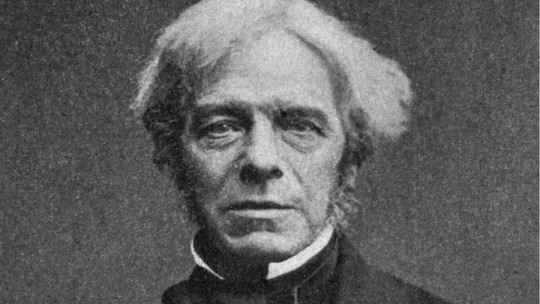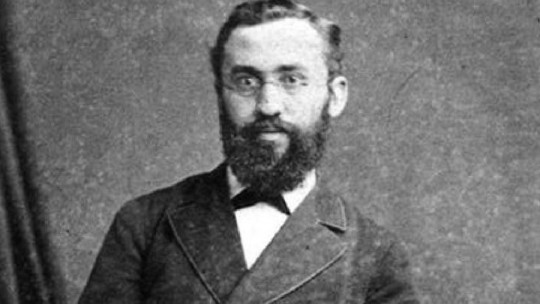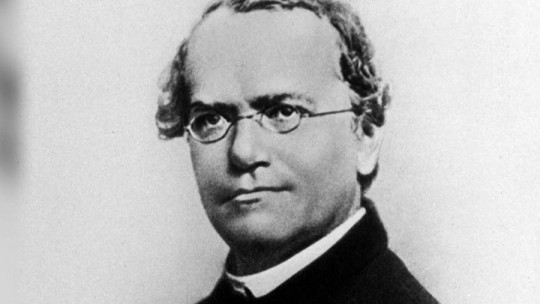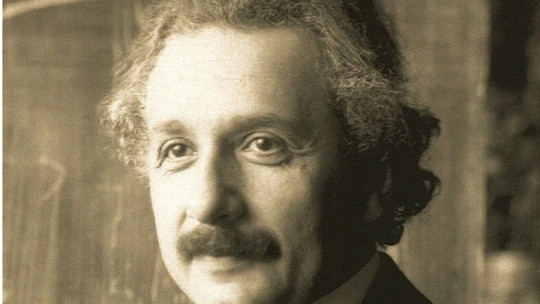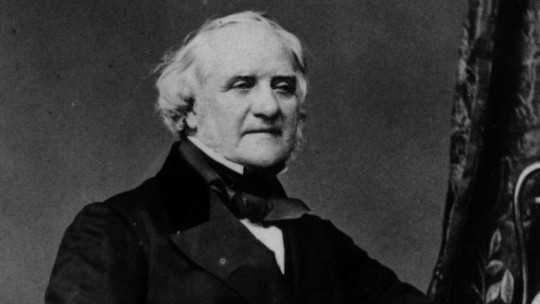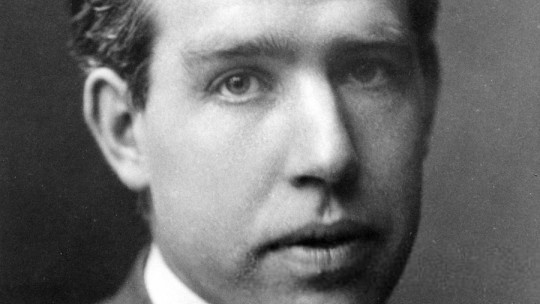Today much of the modern world runs primarily through the use of electricity. The use of this type of energy is therefore not exactly unknown to us.
But in order to use lamps, computers, life support equipment or rechargeable batteries, a significant number of discoveries had to be made first. And while some of them date back to BC, for the most part how to generate and apply electricity has been something that has been researched and discovered during the Modern Age.
One of the great pioneering personalities thanks to whom the development of studies on electricity and electromagnetism has been possible was Michael Faraday. He was the main discoverer of electromagnetic induction and electrolysis, whose practical application has made possible a very important technological development. The history of this researcher is therefore of great interest, which is why in this article Let’s see a biography of Michael Faraday
The life of Michael Faraday: a brief biography
The birth of Michael Faraday occurred on September 22, 1791, in the village of Newington Butt (which today is not a village but one of the neighborhoods of London) in the English region of Surrey. He was the third of four siblings, sons of stable blacksmith James Faraday and Margaret Hastwell.
The Faraday family, from the working and peasant class, had very few resources and could only offer their children a basic education. Initially she would go to school, but later her family decided to take him out of school and have him study at her home.
It was also common for minors to have to contribute financially to support the family, something that led Michael Faraday to have to deliver newspapers from a young age. Also largely due to family beliefs A great religious conviction was born in him, and he became part of the Sandemanian church This faith would be a source of peace and strength for the scientist throughout his life.
Youth and first jobs
In 1805, at the age of fourteen, young Faraday began a period of apprenticeship in the bookbinder’s trade with a bookseller for whom he had previously carried out various errands, George Riebau. During this period, which would last seven years, his work allowed him to have deep contact with a large number of literary works. He also began to cultivate a certain predilection for electrical phenomena, after reading various articles and works on chemistry and electricity.
Likewise, as he grew older, so did his scientific interest (along with his disenchantment with the commercial world) and thanks to his brother he was able to begin attending and being part of the city’s Philosophical Society, governed by John Tatum.
His contact with this group allowed him to begin to learn about the work of the chemist Humphry Davy, who was going to hold a series of conferences there. One of the group members got him tickets, so he managed to attend the lectures given by the chemist at the Royal Institution In them he took a large number of notes to the point of being able to prepare a small script. Faraday decided to send a copy to Davy and ask her to work as his assistant so he could dedicate himself to science.
Beginning of your learning in science
Humphrey Davy received the request and, since there was a vacant assistant position and he had also had a small accident that had left him temporarily blind, he accepted Faraday first as his secretary. When his previous assistant had to be fired he also offered the position to Michael Faraday, who became his assistant in 1813.
Although the chemist’s wife always expressed deep contempt for him and would treat him like a servant, Humphry would become his protector and teacher and together with him Faraday was able to travel (despite the conflict of the time), work and investigate aspects such as the composition of diamond or witness the discovery of benzene.
He would also establish numerous contacts and learn primarily about chemistry. In this aspect he came to excel, something that meant that shortly after returning from these trips, Faraday could begin to provide training in this regard. In 1815 he published Analysis of Caustic Lime of Tuscanyhis first work, in addition to numerous articles.
Great discoveries
Later he was asked to write opinion articles about the scientific contributions of various authors, something that would make him recreate his experiments and meet the original authors.
It is in this context that Faraday begins to make important discoveries: in 1821 he discovered the way to apply existing knowledge regarding electromagnetism in a first electromagnetic rotor That same year he married a young woman whom he had met at his church, Sarah Barnard, and after his earlier success he began to focus and publish on the subject of electricity and magnetism.
In 1824 he was made a member of the Royal Society, and a year later he was appointed director of the Royal Society laboratory that his mentor ran at the time he met him. He began to give talks and conferences both Christmas (the Royal Institution Christmas Lectures) and weekly (the Friday Evening Discourses).
In 1831 he made another of his great discoveries, electromagnetic induction. During the year 1832 he discovered, or rather empirically demonstrated the existence of electrolysis Also at that time, specifically in 1836, he developed the Faraday Cage in order to generate an electromagnetically protected area to prevent external electricity from reaching its interior. He was awarded different awards and honors, including some that were rejected such as the presidency of the Royal Society or the knighthood.
Another his investigations, this time linked to the study of light force , gave rise to the well-known Faraday effect. This effect proposes that the action of a magnetic field can affect the polarization of light, something that corresponded with his idea that light, electricity and magnetism are related.
Final years and death
The decade of 1860 would begin to mark the decline of this great author. Already in 1839 he had suffered problems and a nervous breakdown, and little by little was beginning to manifest symptoms at a neuropsychiatric level He died at his home in Hampton Court aged 75, on 25 August 1867.
His legacy is enormous: his research has greatly improved knowledge of electromagnetic phenomena and inspired authors such as Maxwell and Thomas Edison. Electric motors or even the light bulb could hardly have been built without his work.

